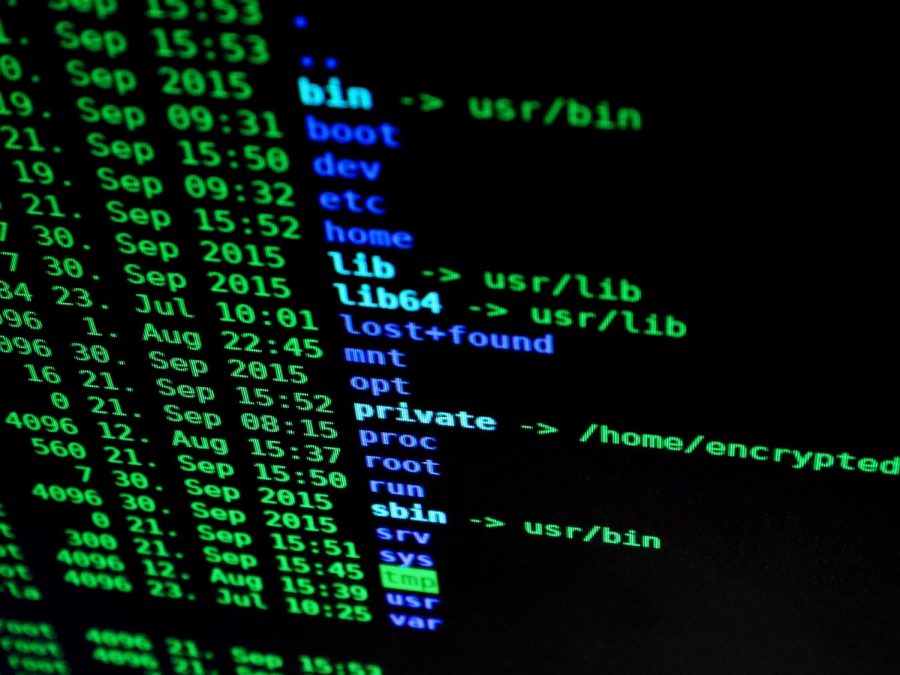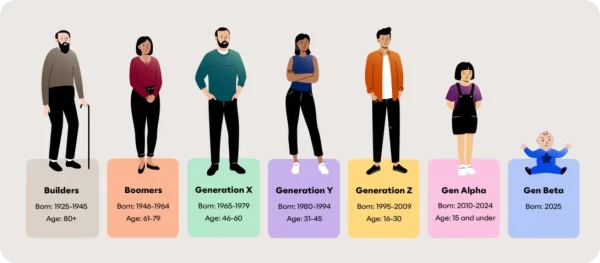Fishy Emails
Students and staff discuss recent phishing emails
Students and faculty have received numerous phishing emails, prompting them to give away their login information from an unknown source. Phishing emails are a type of social engineering attack used to steal data such as credit card information and login credentials, they are sent from hackers posing as a familiar contact. Although the school has experienced these hacking emails in the past, this past year the number of emails being received by students and faculty dramatically increased and became a greater issue for PISD computer users.
“[Faculty member’s] emails and passwords are tied to a lot of things, with that one password or email you could possibly get a lot of information.” Campus Technology Assistant Deshun Lewis said.
Since the accounts act as endless pools of information and constant lines of communication between students and teachers, protection from hacking and computer viruses have become an increasingly prominent issue for PISD Campus Technology Assistants (CTA). The main concern about the recent increase of phishing emails students and faculty are receiving, is the level of security of private information.
“As far as privacy information and student’s information, that’s very much [the district’s] top priority,” Lewis said. “[The school] keeps up a good firewall and [makes] sure we have good security measures in place so that none of that information is leaked out.”
According to the Assistant Superintendent for technology, Dan Armstrong, all school districts in the area have reported having a slew of phishing emails and are unsure of the source of the virus. Users can receive spam email through different types of malware such as a Trojan virus, a reference to the trojan horses, that looks legitimate but can take control of a computer system. For faculty, the hacking starts as an email that contains a link, and from there continues as several prompts to click until individuals are asked to type in their password.
“I started getting multiple emails that were all the same, some from people I knew and some from people I didn’t know,” English teacher LaRell Bissett said. “[The emails] were coming at such a fast pace that I couldn’t use my computer. I had to change my password [after, emails were sent] to every person that I’ve ever contacted on my computer, which [are] past students, present students and all teachers I have corresponded with by email – even my sister.”
The emails have been sent to not only teachers but students, including links that lead to blank web pages.
“It’s pretty scary because you don’t know how to stop it from happening because you don’t know where [the emails] are coming from,” senior Brendan Griffith said.
Although hacking seems like a complex issue to solve, the school’s computer technology assistants advice students to simply delete emails that seem to be out of the ordinary, even if sent from a familiar contact.
“If only people would just take the time to really think first before they click,” Lewis said.
According to PreyProject, 56% of organizations identified phishing attacks as their biggest current cybersecurity threat. The phishing emails are meant to be shared in the hopes that, eventually, more information can be accumulated. With such a rigorous tactic, targeting hundreds of students and teachers, more security measures are being put in place to protect the information of those who encounter the emails.
“[The school] has teachers change their password about twice a year,” Lewis said. ”There has been another security measure added, basically stating [when an email is received] ‘This email has been sent from an outside network’ and to be mindful of it, it may not be from Plano ISD.”












